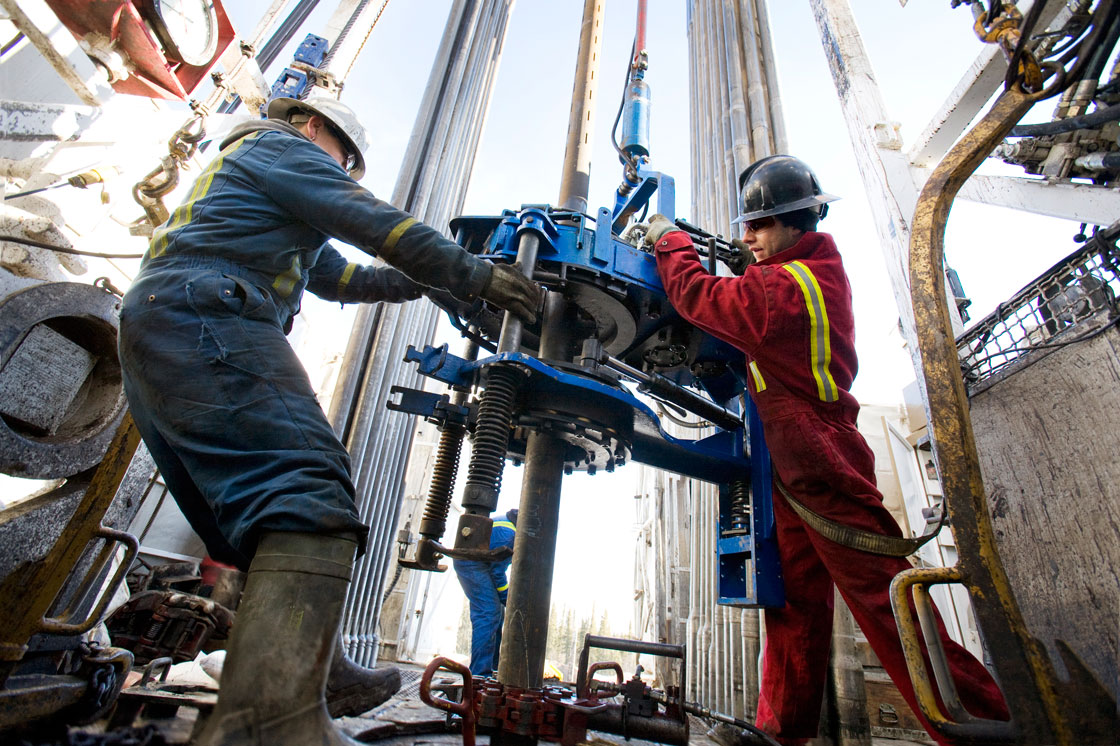It’s looking increasingly like Alberta isn’t just returning to the heady years of its last oil boom — it’s trumping them.

The latest piece of evidence comes in the form of inter-provincial population trends, or the number of people moving in and out of each province.
In 2013, the rest of the country (save Saskatchewan) witnessed an exodus of folks from their province of origin (see chart).
Where did they go? Virtually all to Alberta.
“A whopping 43,000 people flocked to Alberta last year,” BMO economist Robert Kavcic said in note published Thursday.
The surge in inter-provincial migration – the biggest in 23 years – bumped Alberta’s population up by 1.1 per cent, according to Kavcic.
The demographic contrast between Alberta and the rest of the country is stark, but closely mirrors what’s happening on the jobs fronts (see second chart below).
READ MORE: Job growth has flatlined across the country — except in Alberta
Underpinning all this growth is – surprise – the oil and gas sector. And in the oil patch, job prospects are getting even brighter.
The Conference Board of Canada said in a report Thursday the sector is now “at the start of a slow pivot away from investment-fuelled growth” toward “more stable, export-driven growth going forward.”
Translation: It appears Big Oil is about to ramp up shipments of energy exports, which will boost job growth as more hands are required to get the job done.
- Honda expected to announce Ontario EV battery plant, part of a $15B investment
- Trudeau says ‘good luck’ to Saskatchewan premier in carbon price spat
- Canadians more likely to eat food past best-before date. What are the risks?
- Hundreds mourn 16-year-old Halifax homicide victim: ‘The youth are feeling it’
One drag on this sunny outlook is the lack of infrastructure. Limited pipeline development poses a “significant downside risk” to the outlook, the Conference Board says.
But the board nevertheless expects the province to generate nearly 47,000 net new jobs which will push the province’s unemployment rate down to 4.4 per cent by the end of the year.
INFOGRAPHIC: February’s ‘disappointing’ jobs report
The national unemployement rate, meanwhile, is stuck at 7.0 per cent. In B.C., it’s 6.4 per cent, and in Ontario and Quebec, the rate is 7.8 and 8.7 per cent, respectively.
The population shift serves to underscore the “starkly different labour market conditions in different areas of the country,” BMO’s Kavcic said.
Inter-provincial migration patterns look an awful lot like job growth trends in Alberta, and elsewhere (chart above, BMO).






Comments